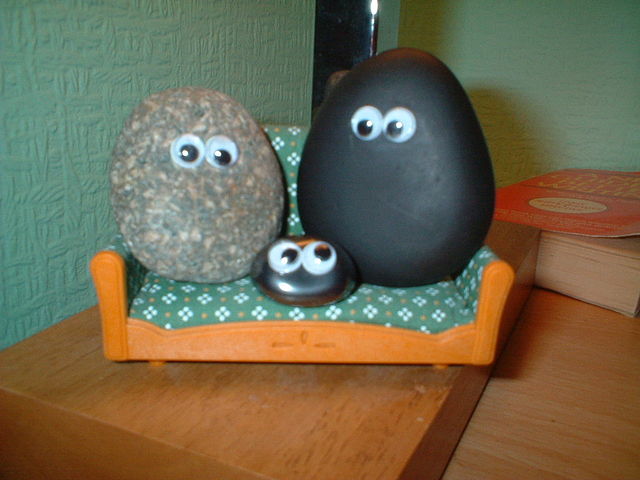
Neoprene is a synthetic rubber material that, due to its chemical stability, resistance to abrasion and degradation, durability in a wide temperature range, among other qualities, has been used in manufacturing a variety of everyday products.
Aquatics
Neoprene’s resistance to cold water temperatures makes it an ideal insulation material, and therefore and ideal material for use in the manufacturing of aquatic equipment, wetsuits and fly-fishing waders being among the most prominent of these. The lightness and flexibility of the material allow for unrestricted body mobility.
Additionally, the versatility of neoprene allows manufacturers to optimise design specifications by simply adjusting the material grade. For example, higher grade neoprene wetsuits are more insulative, and therefore better suited to surfers and divers in colder waters. By contrast, lower grade suits, being thinner, allow for greater mobility. These combined qualities have resulted in the emergence of neoprene as the preferred option for aquatic personal protective equipment.
Safety and Heavy-Duty Equipment
Due to its resistance to abrasion and chemicals, its repellence to water, as well as its durability in varying temperatures, neoprene is used in making a wide range of protective equipment such as safety gloves and combat face masks. For the adventure buffs who occasionally engage in recreational sports like paintballing and airsoft, yet don’t want to carry the wounds of battle, neoprene is used in making head, eye and face protection. Additionally, it is used in the manufacture of heavy-duty appliances such as hoses and gaskets, and, because of its resistance to extreme conditions, in the weather stripping of fire doors. It is also used as a base for adhesives.
Landfill Lining
Landfill sites are open to the environment, and they inevitably interact with their surroundings. As water (either from the waste or rainfall) moves through landfills, potentially toxic water-soluble compounds accumulate in the water to form a toxic liquid known as leachate. The leachate subsequently migrates to underground water bodies, contaminating them as well as the soil.
The boiling point of neoprene is 260°C, and in addition to that, it is highly inert (or chemically unreactive) and resistant to corrosion, making it very tolerant to extreme conditions. As such, neoprene is used as a composite (along with clay and other materials) to line, in most cases, municipal landfills, where the solid waste is sourced from residential, commercial and industrial areas. This provides a protective barrier which limits the interaction between the leachate and the environment.
Medical Support and Equipment
Neoprene has a longer shelf life than most synthetic rubber materials. It is also comfortable and retains its shape over long periods of use; as such, it is ideal for the manufacture of medical and sport support equipment. These include orthopaedic braces for support of the joints, knee pads, and to provide extra padding for insoles in some sports shoes. In addition to reduced pressure on joints, this helps to provide enhanced physical performance.
Protective Sleeves for Mobile Devices
Static electricity affects mobile devices in the following way: the electric charge may result in a junction breakdown or metal melt, further resulting in partial or permanent damage to the circuitry of the device. At this point, the device may stop working. Neoprene has a natural resistance to electricity and as such, can be used in making protective sleeves that prevent static from building up in electronic devices like personal computers and cell phones. In addition, much like in the case of medical support equipment, the comfortable material supplies padding for the devices, preventing external physical damage when these devices are bumped or dropped.
Ordinary Everyday Items
Among other ordinary everyday items like remote controls, dishwashing gloves and car seat covers, neoprene has made its way into the world of fashion, being used for leggings; multi-purpose, adjustable satchels, and hats. In one notable case, neoprene was used in making a red vinyl jacket worn by Michael Jackson for his 1996-1997 tour, and which, at its last auction appearance, was sold for 256 000 USD.
The six mentioned are only a few of the many interesting uses for neoprene. Given its versatility, it’s very likely that at least once a day, you’ve used something made of neoprene, and if not that, you’ve indirectly benefited from its use in the tertiary sector, as in landfill lining.






